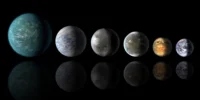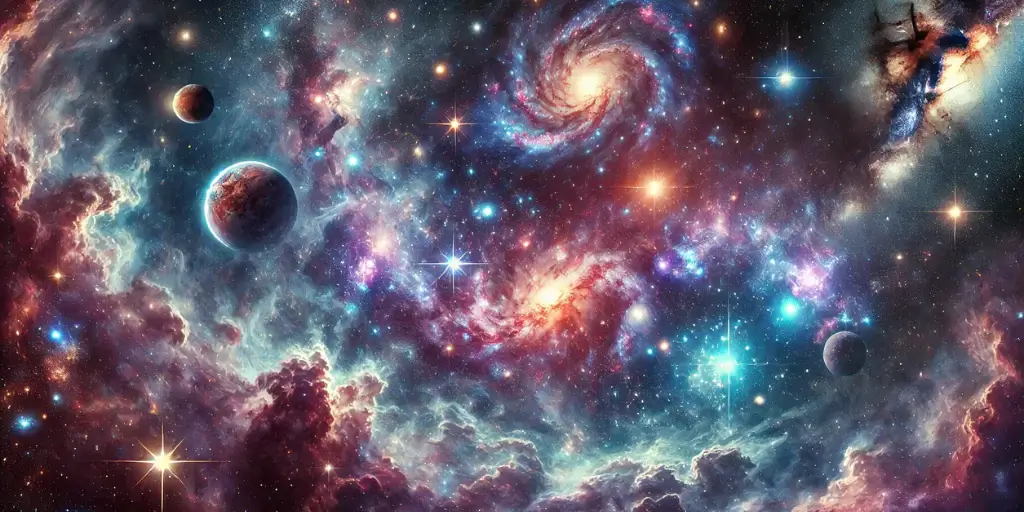Have you ever stood under a sky glowing green with the Northern Lights and wondered how the Aurora Borealis is formed? I have. The first time I witnessed it in Iceland, I was speechless—then instantly filled with questions.
I’m going to break down how the aurora borealis is formed in terms my nephew could understand (he’s 12 and smart, but not a physicist).
The science behind those hypnotic, colourful waves isn’t that complicated once you strip away the jargon. It’s a cosmic dance between our sun and Earth’s magnetic field.
But here’s where it gets fascinating—the colours you see aren’t random. They tell a specific story about what’s happening miles above your head. And that story? Well, it’s wilder than you might think.
1. The Science Behind the Northern Lights
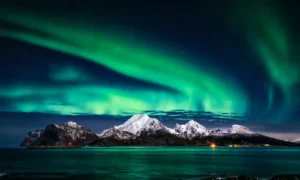
What the Aurora Borealis Is
I’ve always been fascinated by those dancing lights in the sky. The Aurora Borealis is essentially a light show caused when charged particles from the sun collide with gases in our atmosphere. When these particles collide with oxygen and nitrogen atoms, they become super excited and release energy in the form of colourful light.
The Role of the Sun in Creating Auroras
The whole spectacle starts with our sun. I watch solar activity because it directly impacts aurora displays. During solar storms, the sun ejects massive amounts of electrically charged particles into space. This “solar wind” travels toward Earth, and when conditions are right, it creates those magnificent curtains of light I love photographing.
2. Solar Activity: The Starting Point of Aurora Formation
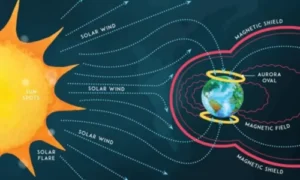
A. Understanding Solar Flares and Coronal Mass Ejections
I’m always amazed by how the sun kicks off this whole light show. What happens is that the sun occasionally has these massive explosions called solar flares. Think of them as giant burps of energy and particles. Sometimes, these flares are so powerful that they eject billions of tons of plasma into space—these are coronal mass ejections (CMEs). When I watch footage of these solar tantrums, I can’t help but feel tiny in comparison.
B. The Solar Wind: A Stream of Charged Particles
The sun doesn’t just blast out occasional CMEs—it constantly blows a stream of charged particles our way. I call this the solar wind, and it’s cruising through space at about a million miles per hour. This wind carries those electrically charged particles toward Earth. Without this steady flow, we wouldn’t have auroras at all. The particles themselves are mostly electrons and protons that broke free from atoms near the sun’s surface due to its intense heat.
3. The Journey of Solar Particles to Earth

A. How Long Does It Take for Solar Particles to Reach Us
I’m always amazed at how these solar particles zoom through space. When the sun unleashes a coronal mass ejection, those charged particles race toward Earth at speeds between 250-3,000 kilometres per second. That means they can reach us in just 15-18 hours on average, though some particularly fast ones might arrive in under 8 hours!
B. The Earth’s Magnetosphere: Capturing Solar Particles
My favourite part of this whole process is how our planet’s magnetic shield works. I like to think of Earth’s magnetosphere as a cosmic butterfly net, catching these energetic particles. Without it, I’d have no aurora to admire – these solar winds would just blast right past us. Instead, our magnetosphere funnels them toward the poles, setting the stage for nature’s light show.
4. Colours of the Aurora: What They Mean
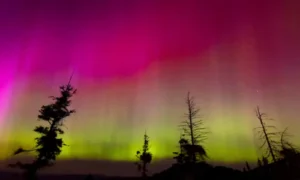
A. How Altitude Affects Aurora Colours
I’ve found that altitude plays the biggest role in determining aurora colours. The atmosphere’s composition changes as you go higher, affecting how particles interact with solar energy. From my observations, lower altitudes (60-150 miles) produce greens and blues, while the highest zones (150+ miles) create those rare reds. The most spectacular displays I’ve seen show multiple colours in distinct layers, revealing the atmosphere’s invisible structure.
B. The Spectacular Green Glow: Oxygen at Lower Altitudes
I’m always mesmerised by that dominant green glow when I watch the northern lights. It’s the most common colour I see, caused by oxygen atoms getting excited at lower altitudes, roughly 60-150 miles up. When solar particles hit these oxygen atoms, they emit this distinctive green light that dances across the night sky.
C. Rare Red Auroras: High-Altitude Oxygen Reactions
Red auroras make me stop in my tracks because they’re so rare and stunning. I’ve only spotted them a few times, typically at the upper edges of aurora displays. These crimson hues come from oxygen atoms at much higher altitudes—above 150 miles—where the atmosphere is incredibly thin. The oxygen reacts differently up there, creating that blood-red glow that photographers chase for years.
D. Blue and Purple Hues: Nitrogen’s Contribution
The blue and purple colours I sometimes catch in aurora displays come from an entirely different source—nitrogen molecules. I’ve noticed these cooler tones usually appear at the lower fringes of aurora curtains, below the green sections. When nitrogen gets excited by solar particles at lower altitudes (around 60-75 miles), it releases this beautiful blue-purple light.
E. Yellow and Pink Displays: Mixing of Elements
I’ve witnessed some breathtaking yellow and pink auroras during particularly strong solar storms. These colours aren’t from single elements but happen when different gases mix their light. I’ve learned that pink often appears when the red from high-altitude oxygen blends with the blue from nitrogen, creating a magical pink ribbon across the sky.
5. Experiencing and Predicting the Northern Lights
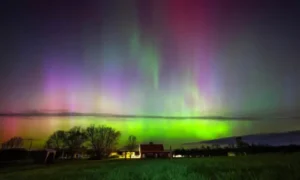
A. Best Locations Around the World for Aurora Viewing
I’ve chased the northern lights across continents and found some sweet spots. Alaska, Norway, Iceland, and Finland top my list. Last winter, I spent a week in Tromsø, Norway, where the lights danced directly overhead almost every clear night. Canada’s Yukon Territory is my hidden gem—fewer tourists but equally magical displays.
B. Optimal Seasons and Weather Conditions
The fall and winter months work best for my aurora adventures. I always check for clear, dark skies before heading out—cloud cover is my biggest enemy. September-October and February-March give me the perfect balance of tolerable temperatures and dark skies. I’ve learned to monitor solar activity apps and check the KP index daily when planning my viewing trips.
6. Where and When Can You See It?
To see the Aurora Borealis, you usually need to be in or near the Arctic Circle. Top viewing locations include:
Norway
Iceland
Canada
Alaska
Finland
The best time to see it is during winter months when nights are longest and skies are darkest.
Conclusion
The Aurora Borealis may look like pure magic, but it’s the result of science at its most beautiful. Formed by the interaction between solar winds, Earth’s magnetic field, and atmospheric gases, this glowing sky show is a reminder of the powerful forces at play in our universe. Whether you’re seeing it for the first time or learning how the Aurora Borealis is formed, one thing is certain—it’s an experience that leaves you in awe, and a story the sky tells like no other.




